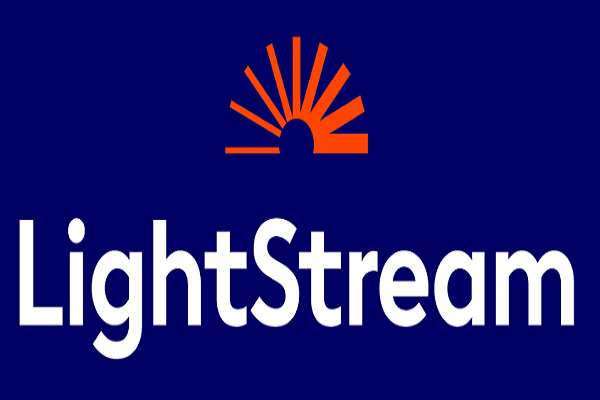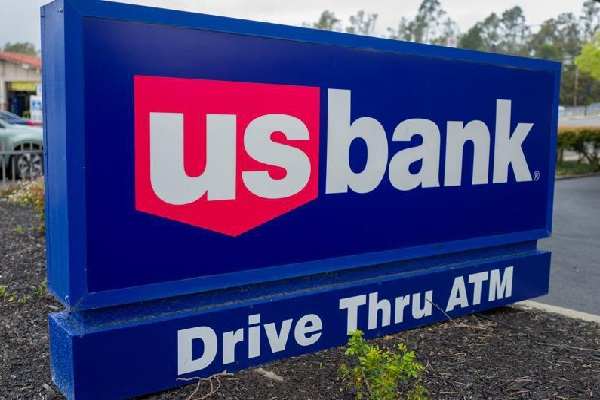The Graham number is a formula that estimates the fair value of a stock based on its earnings and book value. It was developed by Benjamin Graham, who is widely regarded as the father of value investing and the mentor of Warren Buffett.
Graham was a defensive investor, meaning he preferred to invest in stable and undervalued stocks that required minimal management and provided consistent returns. He devised the Graham number as a general test to identify stocks that were selling for a good price.
The Graham number is calculated as follows:

Can't count? Don't worry, we have prepared a calculator to help you calculate it. We put this tool at the end of the article.
Earnings per share (EPS) is the net profit of a company divided by the number of outstanding shares of its common stock. Book value per share (BVPS) is the equity available to common shareholders divided by the number of outstanding shares. This figure represents the minimum value of a company’s assets and measures the book value of a firm on a per-share basis.
The 22.5 factor in the formula is derived from Graham’s belief that the price-to-earnings (P/E) ratio should not be more than 15 and the price-to-book (P/B) ratio should not be more than 1.5 for a stock to be considered undervalued. Therefore, 15 x 1.5 = 22.5.
According to the theory, any stock price below the Graham number is considered undervalued and worth investing in.
What is the history of the Graham number?
The Graham number was introduced by Benjamin Graham in his influential book “The Intelligent Investor”, which was first published in 1949 and revised several times until 1973. The book is considered one of the best books on investing ever written and has influenced many successful investors, including Buffett, who called it “by far the best book on investing ever written”.
In the book, Graham explained his philosophy and principles of value investing, which focused on finding stocks that were trading below their intrinsic value and had a margin of safety. He also provided various criteria and methods for screening and analyzing stocks, such as the Graham number.
The Graham number was one of the simplest and most widely used formulas that Graham proposed. It was meant to be a quick and easy way to estimate the fair value of a stock without requiring too much information or calculation.
What is the use of the Graham number?
The Graham number is still used today by many value investors as a tool to find undervalued stocks. It can help investors to compare different stocks based on their earnings and book value, and to filter out stocks that are overpriced or have poor fundamentals.
However, the Graham number also has some limitations and drawbacks that investors should be aware of. For example:
- The Graham number does not take into account other factors that may affect the value of a stock, such as growth potential, competitive advantage, industry trends, dividend payments, debt levels, etc.
- The Graham number may not be applicable to some types of companies, such as asset-light businesses, high-growth companies, or companies with negative earnings.
- The Graham number may not reflect the current market conditions or expectations, as it is based on historical data and fixed assumptions.
- The Graham number may not be accurate or reliable if the earnings or book value of a company are manipulated or distorted by accounting practices or irregularities.
Therefore, investors should not rely solely on the Graham number to make investment decisions. They should also perform a more comprehensive and detailed analysis of a company’s financial statements, business model, competitive position, future prospects, and risks before buying or selling its stock.
The Graham number is a useful but not sufficient indicator of a stock’s value. It is best used as a starting point or a screening tool, rather than an end point or a definitive answer.
Stock Calculator | Reasonable Price | Cheap or Expensive
Disclaimer:
The application we created is not intended to recommend or tell you to buy certain shares. Any losses that may arise from purchasing shares are entirely your responsibility.




